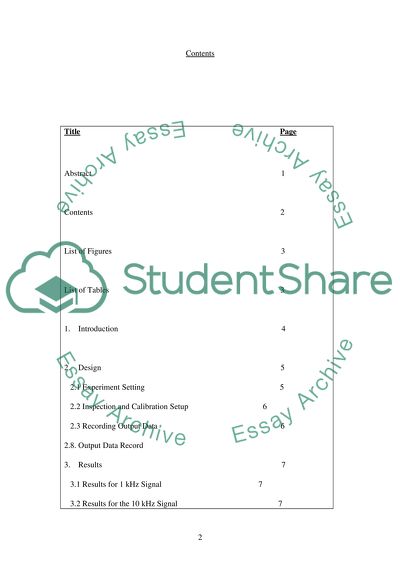Cite this document
(“Laboratory Report of an experiment on Optical Fibre Transmission Lab”, n.d.)
Laboratory Report of an experiment on Optical Fibre Transmission Lab. Retrieved from https://studentshare.org/physics/1669983-laboratory-report-of-an-experiment-on-optical-fibre-transmission
Laboratory Report of an experiment on Optical Fibre Transmission Lab. Retrieved from https://studentshare.org/physics/1669983-laboratory-report-of-an-experiment-on-optical-fibre-transmission
(Laboratory Report of an Experiment on Optical Fibre Transmission Lab)
Laboratory Report of an Experiment on Optical Fibre Transmission Lab. https://studentshare.org/physics/1669983-laboratory-report-of-an-experiment-on-optical-fibre-transmission.
Laboratory Report of an Experiment on Optical Fibre Transmission Lab. https://studentshare.org/physics/1669983-laboratory-report-of-an-experiment-on-optical-fibre-transmission.
“Laboratory Report of an Experiment on Optical Fibre Transmission Lab”, n.d. https://studentshare.org/physics/1669983-laboratory-report-of-an-experiment-on-optical-fibre-transmission.


